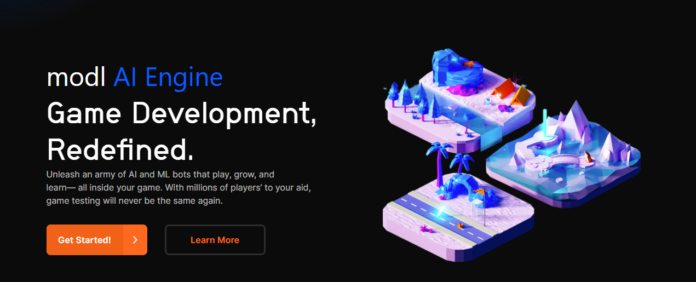By: David Melhart, Ph.D., AI Researcher at modl.ai
In a recent article in the Harvard Business Review, authors H. James Wilson and Paul R. Daugherty discussed collaborative intelligence for developing employees. They stated, “humans and machines can enhance each other’s strengths.” In summary, their research concluded the following:
“Artificial intelligence is transforming all sectors of the economy, but there’s no reason to fear that robots will replace all human employees. In fact, companies that automate their operations mainly to cut their workforces will see only short-term productivity gains, say the authors. Their research, involving 1,500 firms in a range of industries, shows that the biggest performance improvements come when humans and smart machines work together, enhancing each other’s strengths.”
As in many industries, the application of AI in game development intends to enhance humans’ strengths by liberating them from repetitive tasks that could be limiting their creativity or ability to apply their knowledge and expertise in other more productive areas. AI enables game developers to cut the time spent in repetitive game testing, for example.
Game testing requires hours and hours of repetitive, very detailed, and thorough testing for the smallest bugs that could break a game. Let’s discuss three ways in which AI can collaborate with game developers in repetitive testing:
- Continuous testing: AI can provide ongoing testing for games in production, reducing the time it takes to iterate on new features. This can be especially valuable for games following a live-service model, where new features are being developed continuously during the game’s lifetime. Nevertheless, AI testing can reduce the amount of repetitive human testing in any project, freeing up valuable QA and developer time.
- Exploratory testing: An AI bot can go anywhere a player could possibly think of going to test and provide information on where the issues in the game reside. By being able to sweep through a large amount of content, AI bots can reliably discover crashes, errors, exceptions, and relative performance changes. This can boost the QA workflow by fast-forwarding the discovery of issues, allowing QA testers to focus on investigation.
- Actionable reporting: An AI-powered system can deliver actionable reports with game logs, video recordings, and AI insights to help analyze, correct, and test potential issues. By providing a breadth of contextual information and actionable insights, these systems can significantly enhance the game development cycle.
In game development, there is nothing like the experience a developer brings to the table. Adding AI to the mix allows developers’ strengths (creativity, critical thinking, leadership, among others) to stand out while the AI collaborates with data. In simple words, it is about letting the AI bot know what you need, running it, reviewing it, fixing it, and repeating it (if necessary).
AI still has a long way to go in game development, but in the meantime, human/AI collaboration is a step forward to continue to create and develop games that people want to play with the quality that the times require.
About the author:
David Melhart is an AI Researcher at modl.ai, focusing on player modeling and affective computing. Melhart earned his Ph.D. at the University of Malta, Institute of Digital Games. While working as an AI Researcher for modl.ai since 2019, David also remains connected to academia. As a Post-Doc and Research-Support Officer at the University of Malta, Institute of Digital Games, David is involved in teaching the next generation of game AI researchers artificial intelligence and affective computing.
Revenant Esports dominate to emerge victorious in the Battle Adda – New State Mobile














